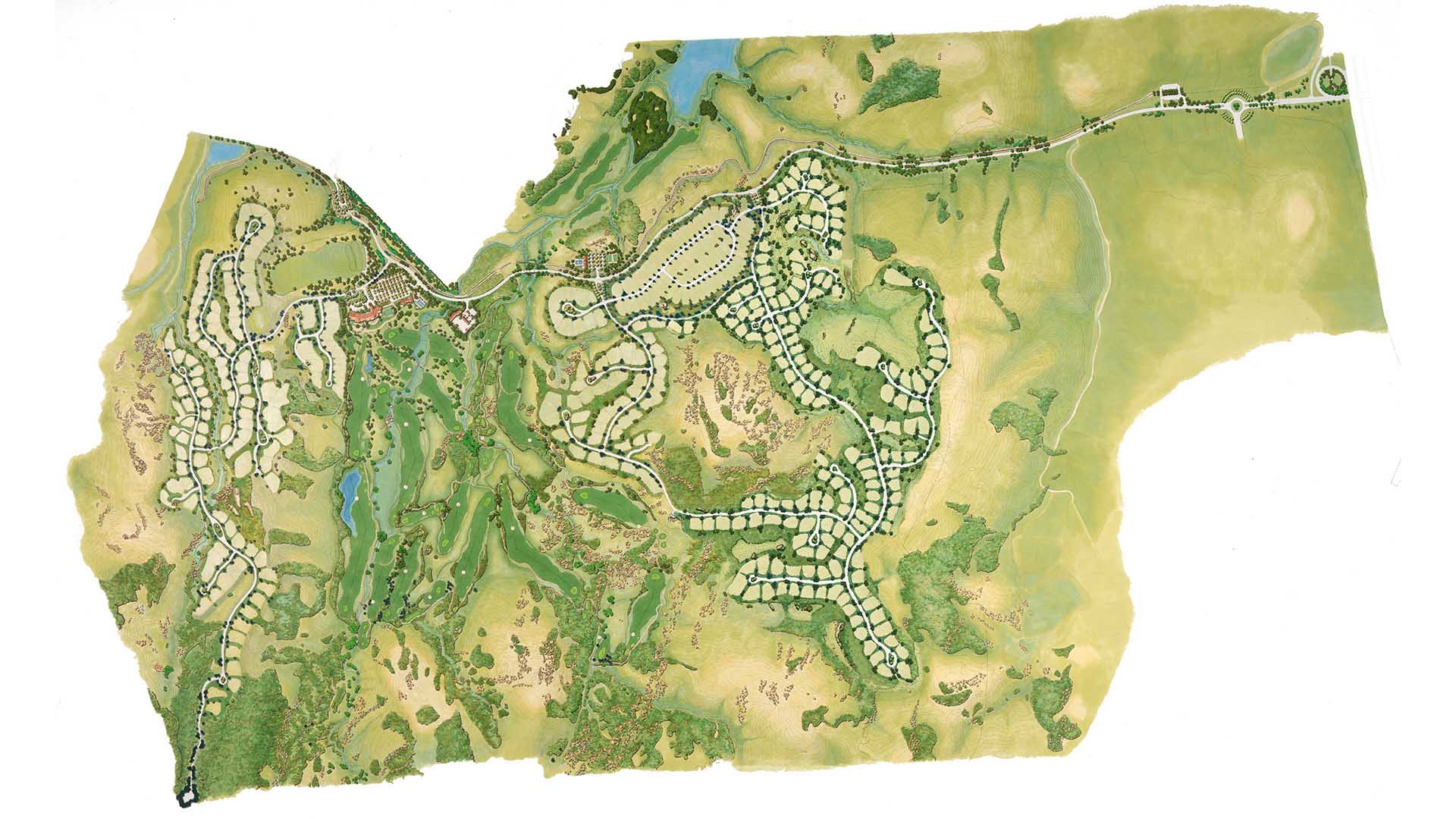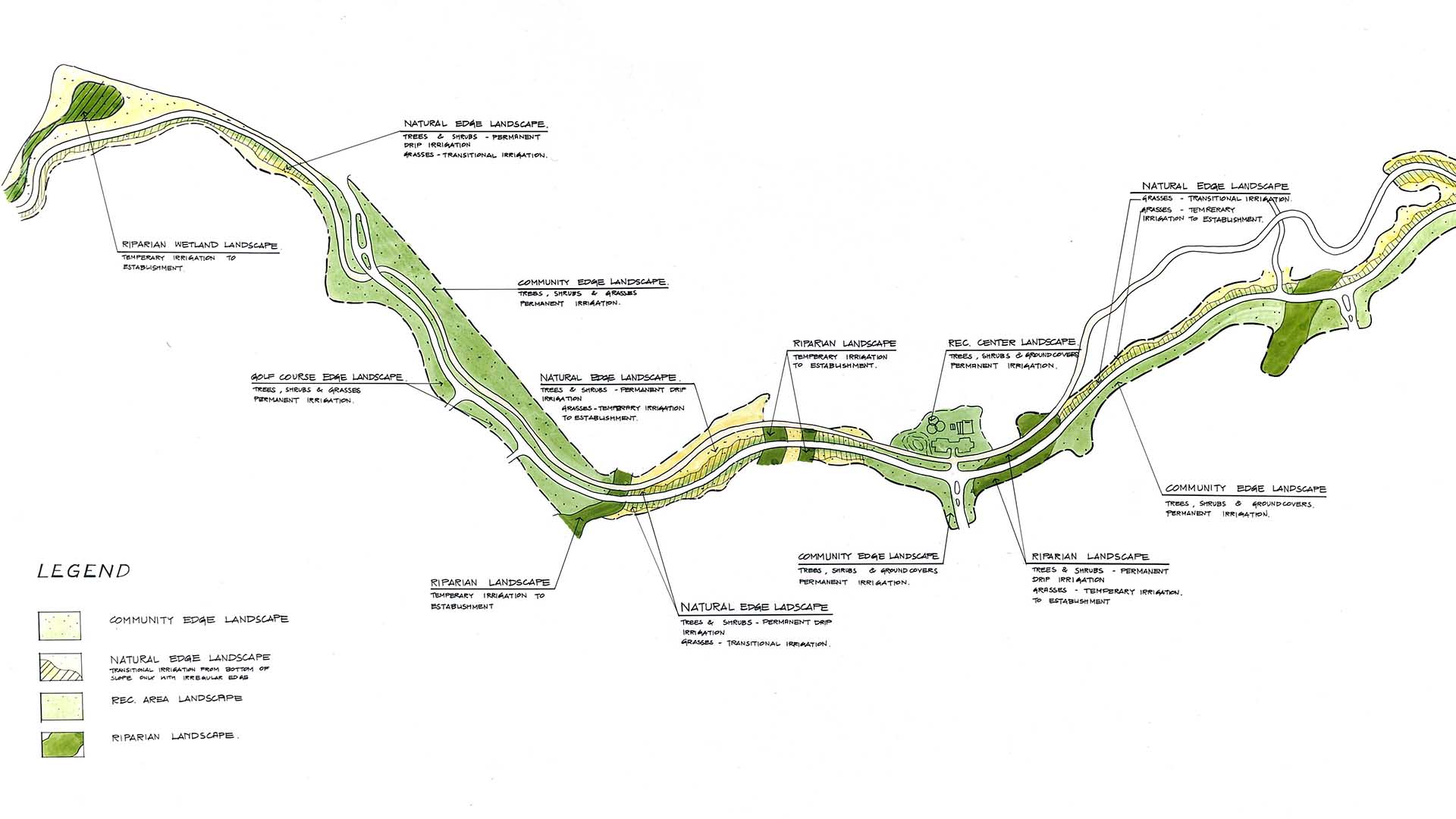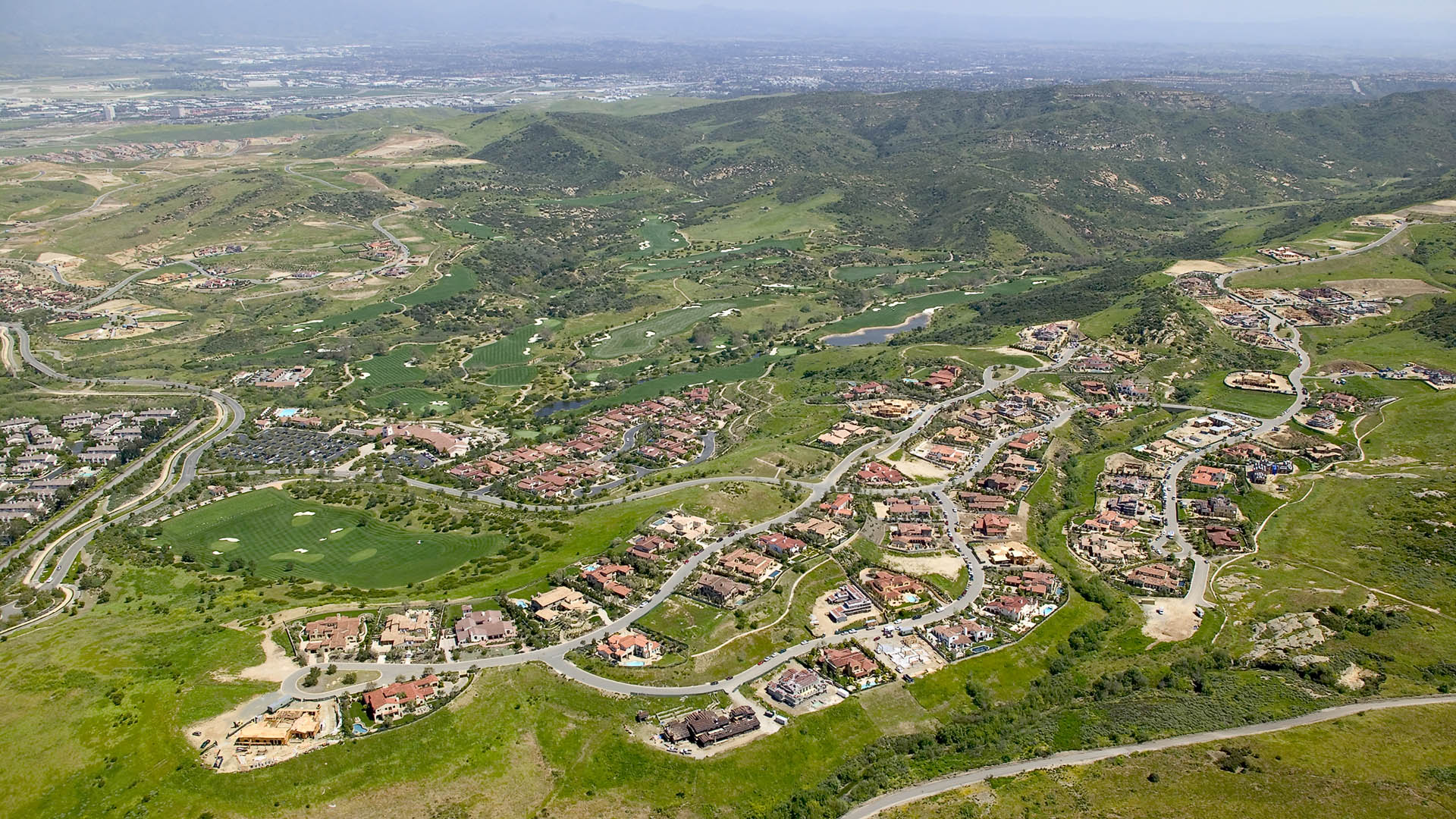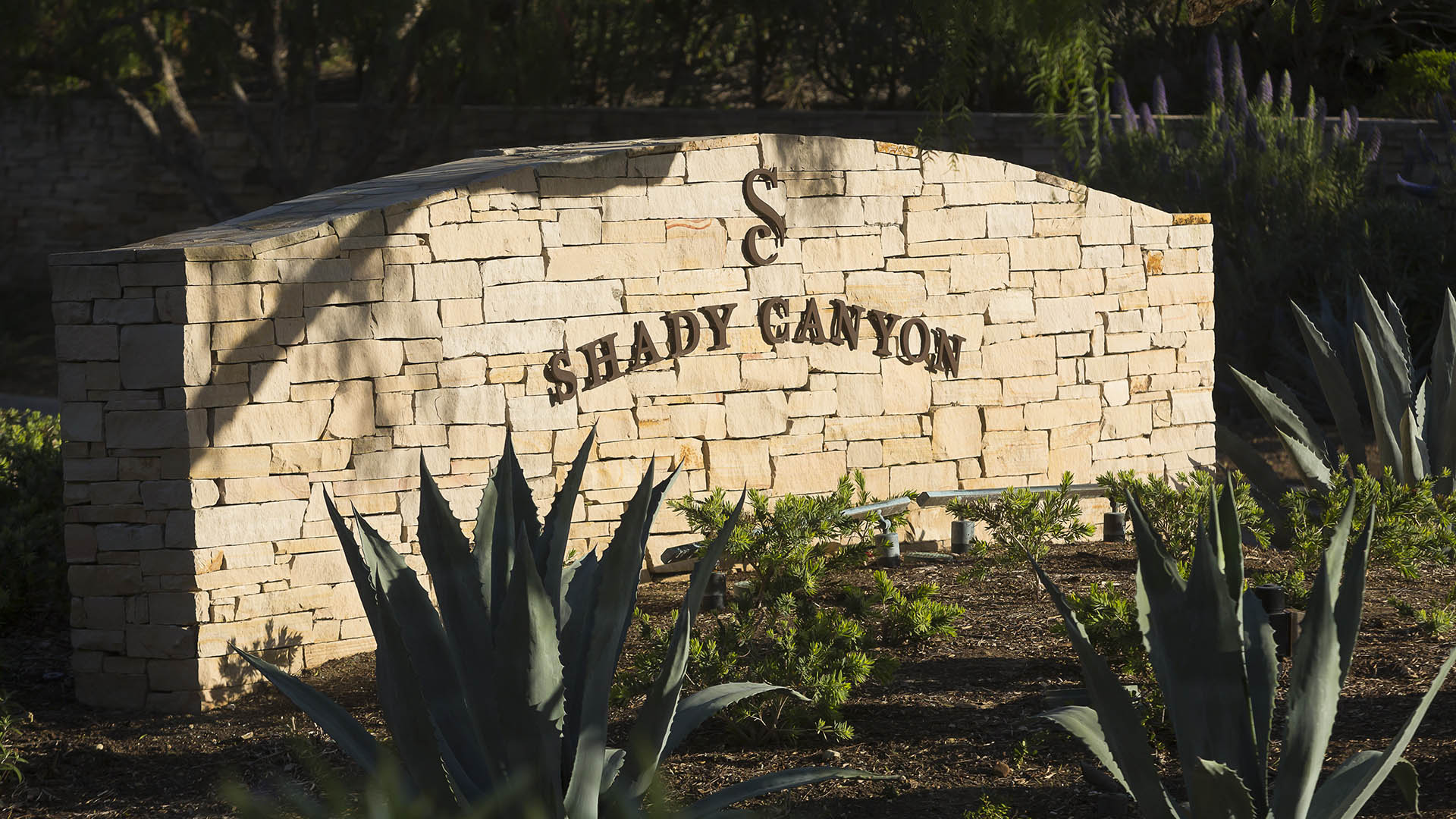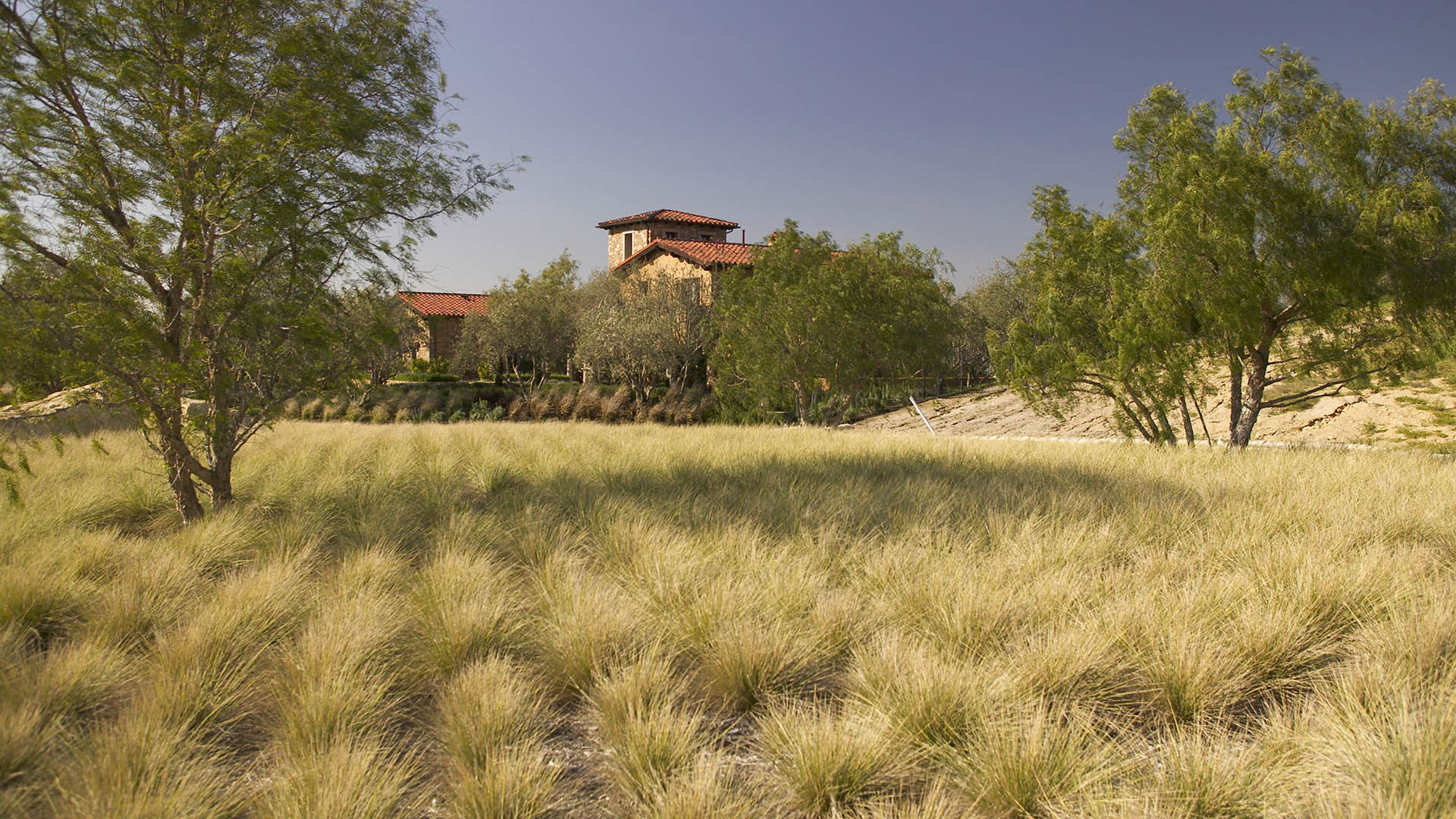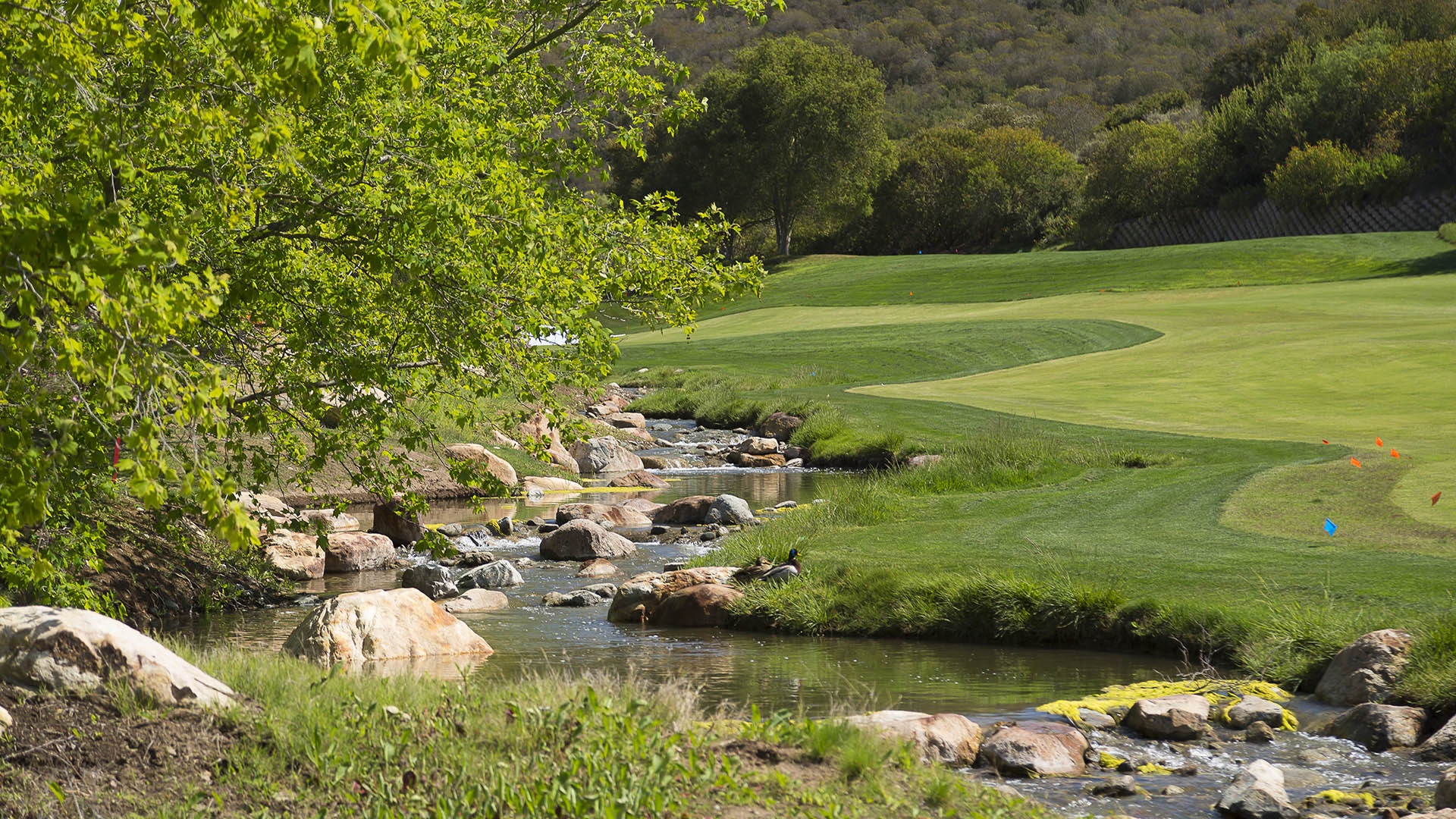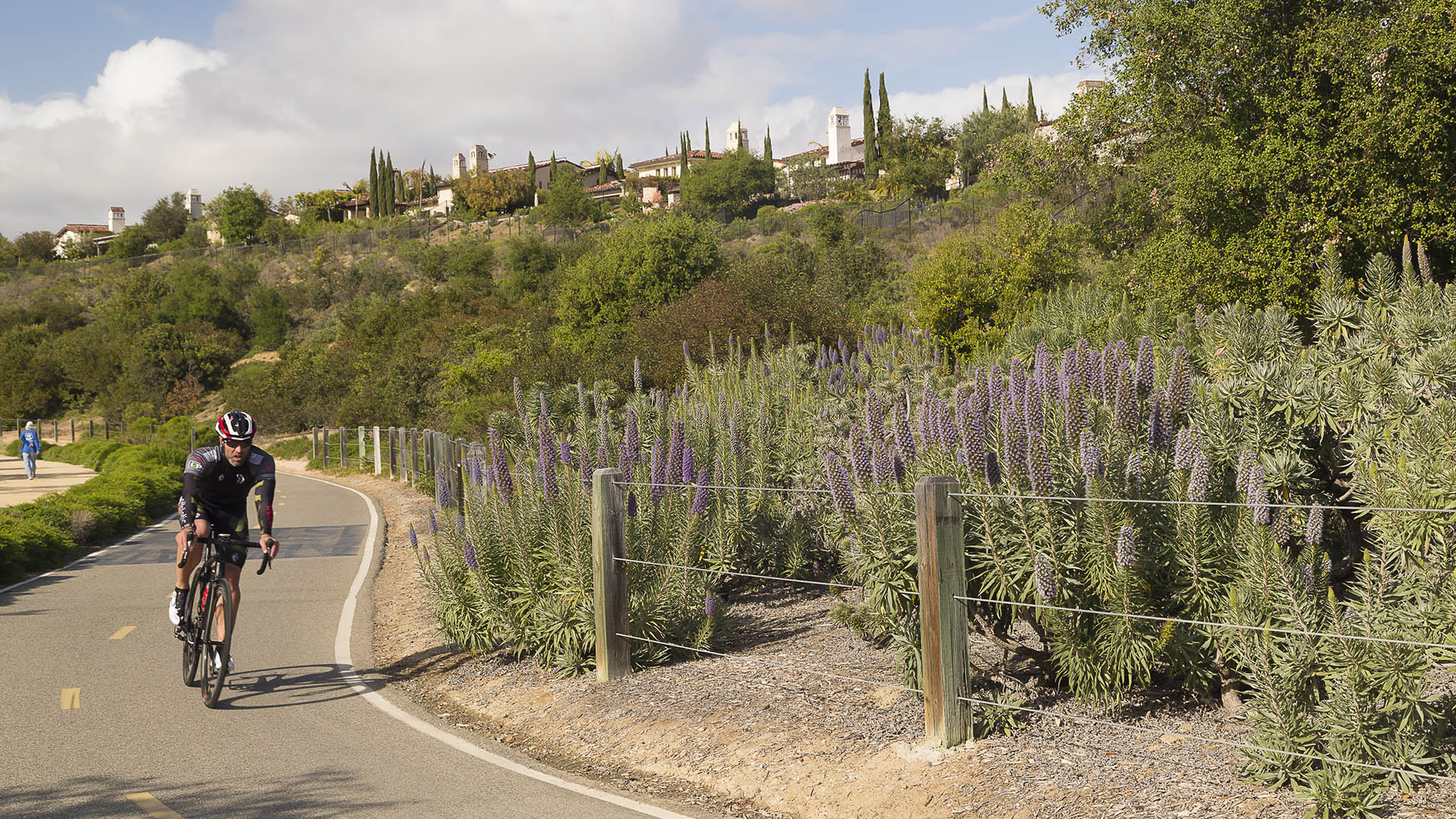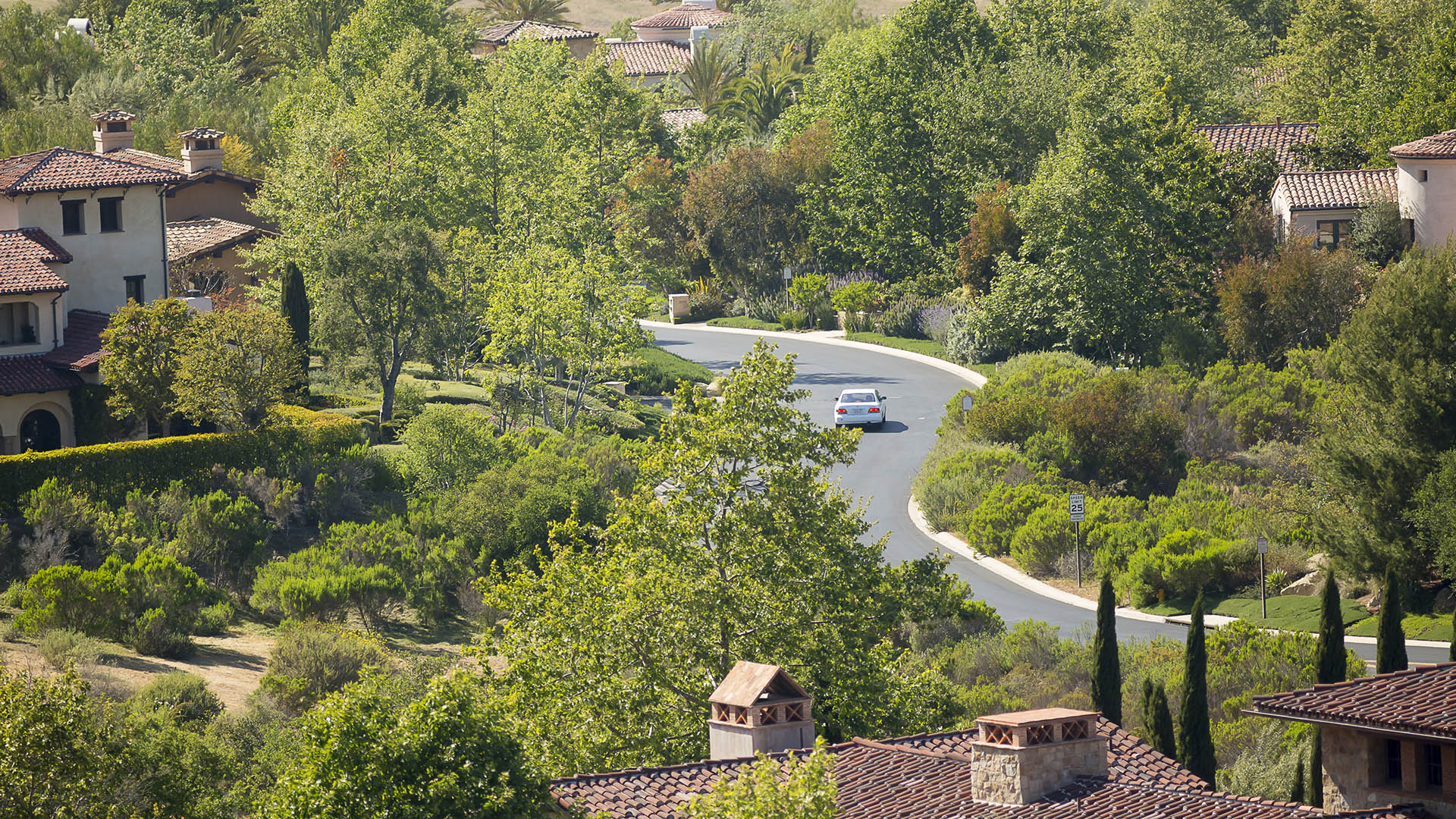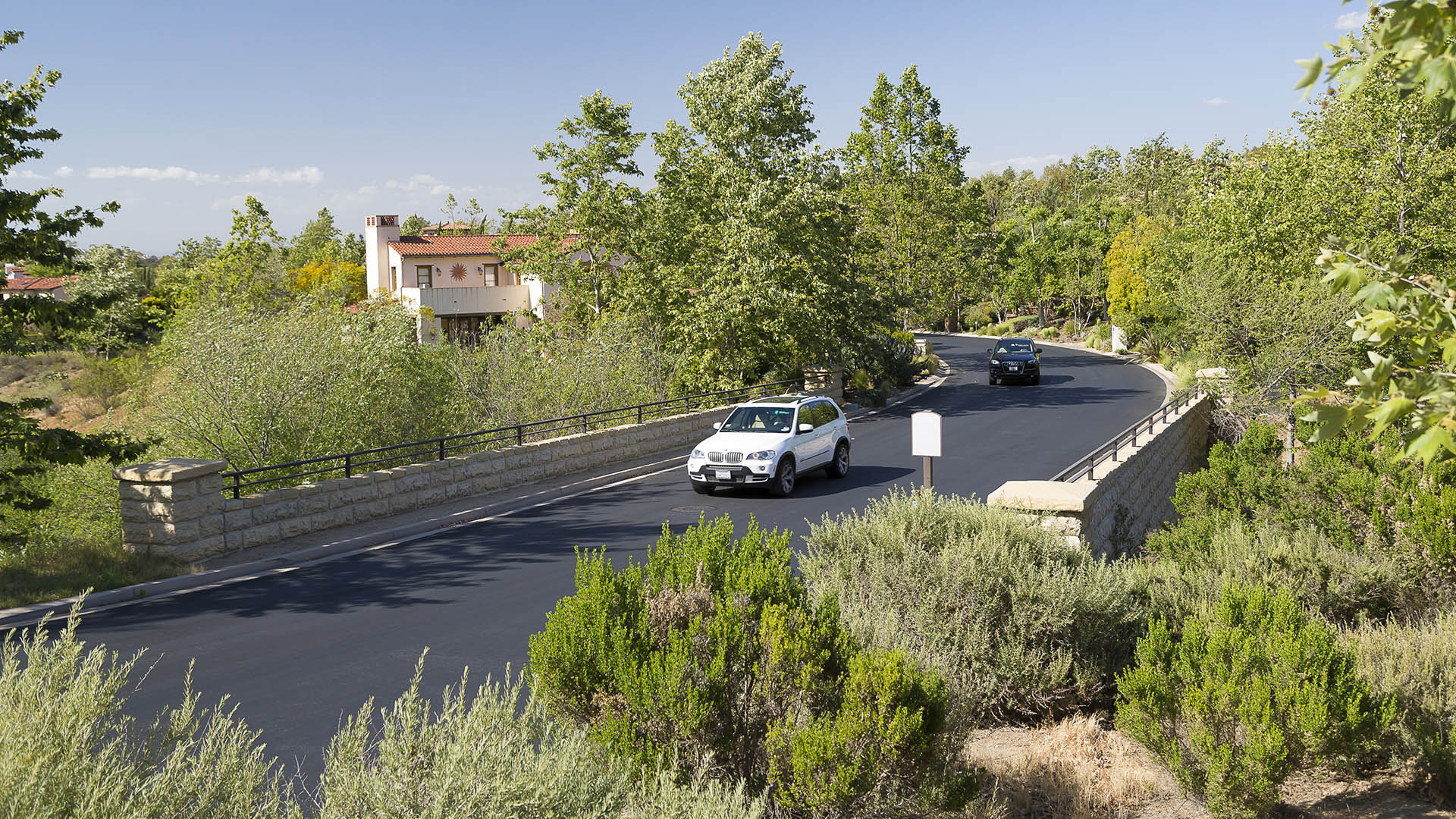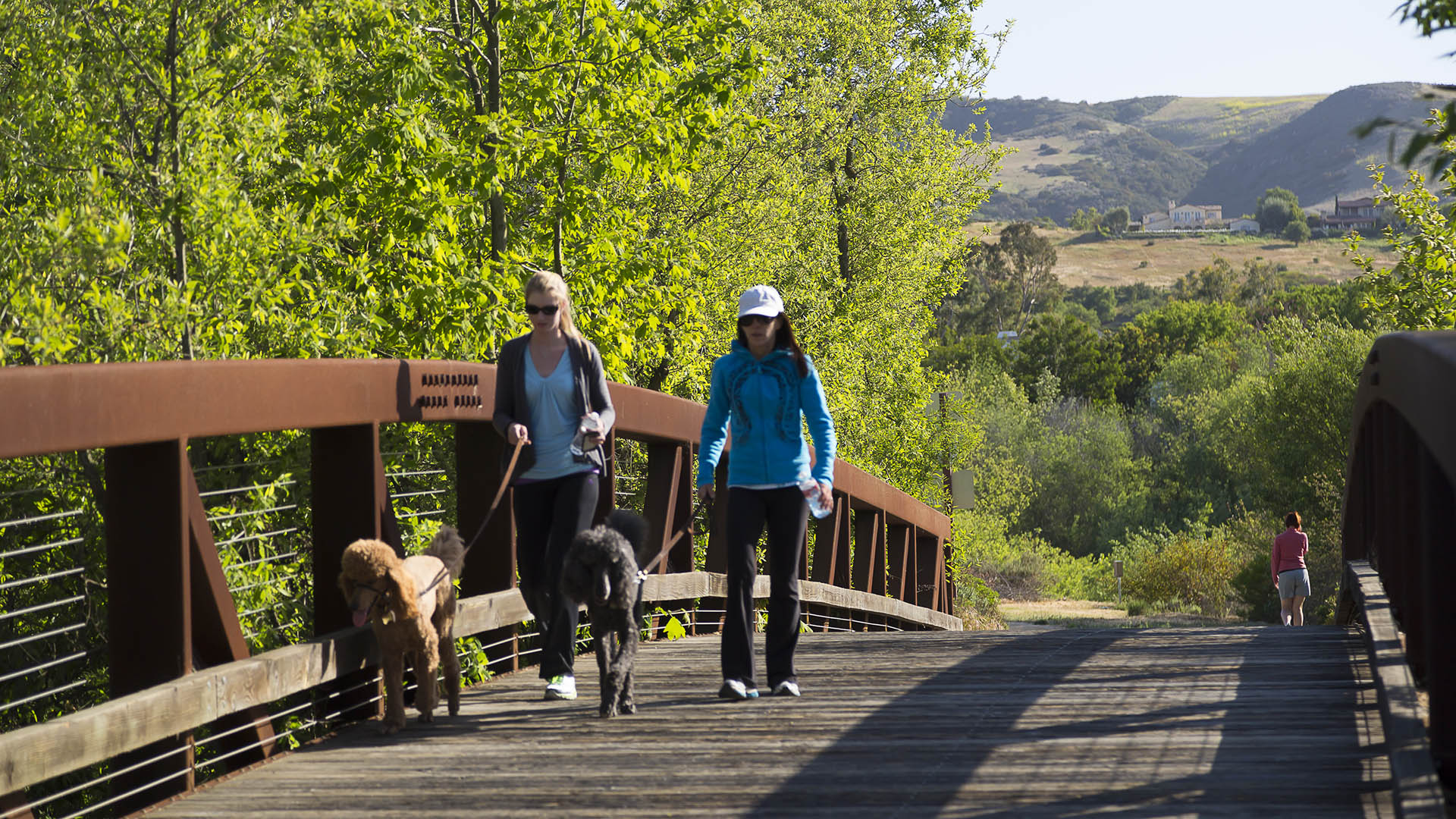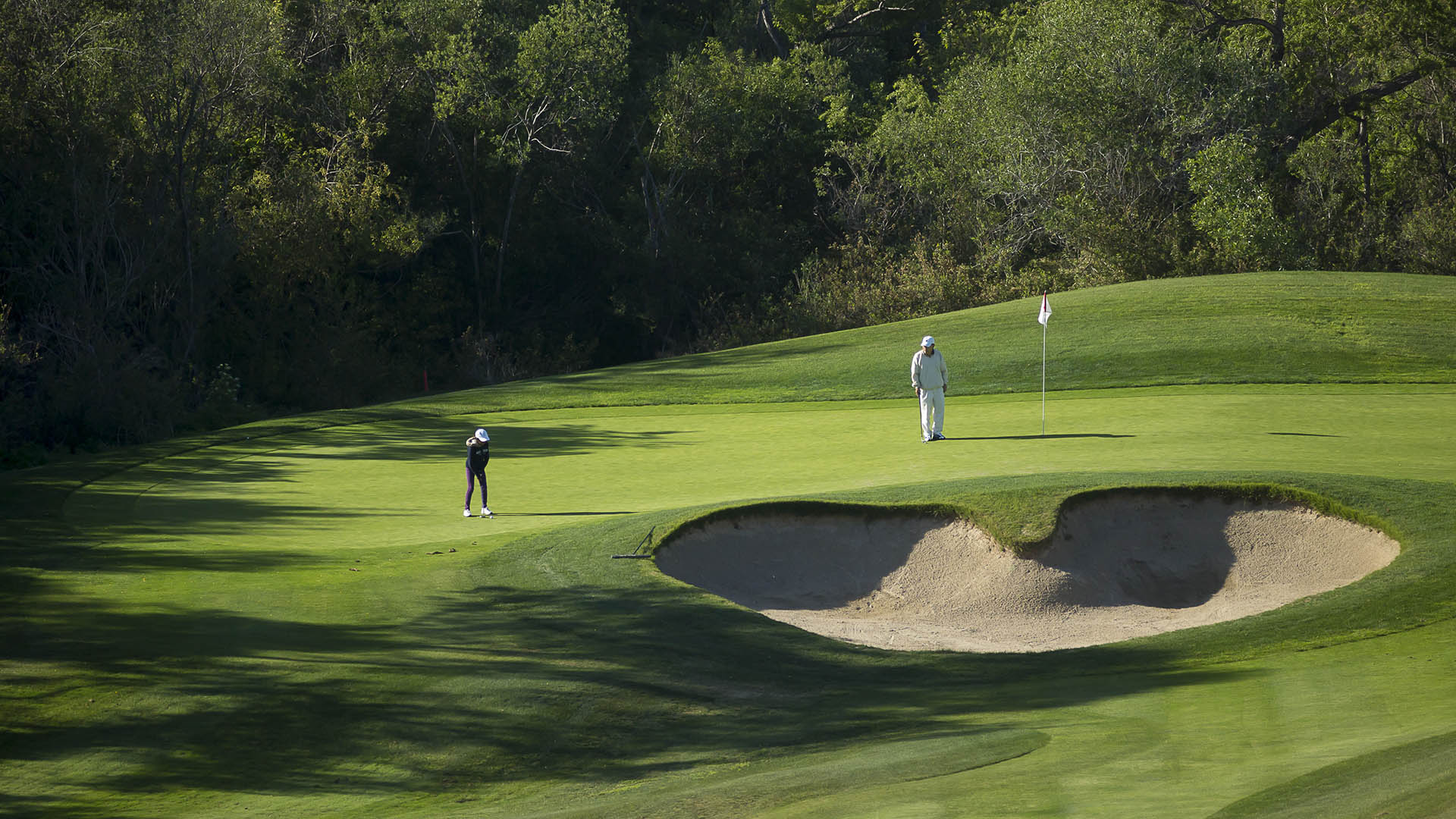Shady Canyon is a 1,070-acre residential community and land preservation project in the heart of bustling, master-planned Orange County. The project carefully integrates the natural environment into every aspect of the community which consists of 400 custom and builder homes, a golf course that preserves important biological resources, swim center, recreation center, and a three-mile regional trail. SWA served as the master planner, site planner, and landscape architect for the majority of the project, resulting in a high level of quality and harmony with the surrounding environment. From the beginning of this multi-year project, SWA’s concept was to minimize grading, work with the site’s natural topography, and preserve the rustic, unspoiled character of beautiful coastal California canyons, ephemeral creeks, and gentle ridgelines. The Client worked closely with nonprofit environmental organizations and local, state, and federal agencies to take a broad-based approach to protect and perpetuate biological diversity. The landscape architects’ extensive site analysis and field work ensured that the goal of preservation was carried into all areas of the project by using native plants, hydro-seeding extensive areas of native grasses and coastal sage scrub, preserving significant rock outcroppings, and respecting unique landforms. A sensitive grading approach and careful road alignments were key to the project’s success. All roads were sited to avoid rock outcroppings and significant vegetation not in official preserve areas. Narrow roads required special conditions from government agencies. To retain the rustic feel the curbs are rolled, streetlights are only at the few intersections, (which is also good for habitat movement) and there are no sidewalks. Because the project is in a high fire hazard area and subject to restrictions by the fire authority a challenge was to blend the landscape with the adjacent plant material while eliminating plants with high-fuel volumes. Three types of landscapes around the edge of the project respond to adjacent indigenous plant material. The landscape architects mapped the native plant zones and matched the disturbed area to the native area to create a seamless landscape. Only native oaks, toyons and sumac where used on the edges. Working hand and hand with the project architect SWA created design guidelines for the custom homeowners whereby houses are meant to take their inspiration from the landscape, resulting in a long, low profile to suit the gently rolling terrain. Each home site was studied for the best orientation, relationship to its neighbor, and building profile. A restrictive, more native and drought-tolerant plant palette was set up for homeowners – which in southern California is very unusual as a wide range of plants can grow with irrigation.
Esencia
Esencia, a planned community in Rancho Mission Viejo, California, emphasizes health and well-being. This premium real estate development, which is integrated into a 17,000-acre open space preserve characterized by oak canyons, creeks and orchards, envisions wellness holistically. It offers residents extraordinary views, comprehensive access to nature, and a ra...
Dongguan Delta City
The Dongguan District is located at Binhai Bay in China’s Pearl River Delta, strategically situated between Shenzhen’s airport and the city of Guangzhou. An international competition asked for ways to capitalize on the heavy flow of traffic between them while also addressing extreme environmental risks: the World Bank ranks the Pearl River Delta at the top of ...
Hunter's Point Shipyard and Candlestick Point
Perched on the edge of San Francisco Bay, the Hunters Point Shipyard was an important naval manufacturing center for the WWI and WWII war efforts. The abandoned shipyard and Candlestick Point were combined into a new, mixed-use residential, retail and light industry development—the largest in San Francisco since WWII. Thomas Balsley Associates collaborated wit...
Tata Eco City
At the crossroads of ecology and community, this master plan synergizes a unique blend of spaces that support active lifestyles and foster innovation and creativity. Tata Eco City Master Plan was been developed layer by layer, using a set of strategic design interventions to help ensure that the delicate balance between nature and the built environment is prot...


